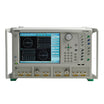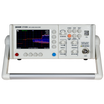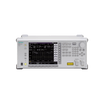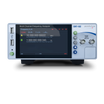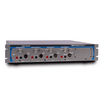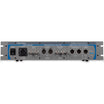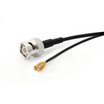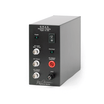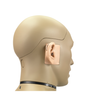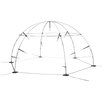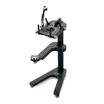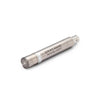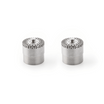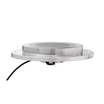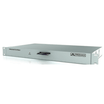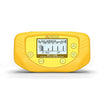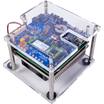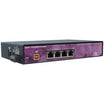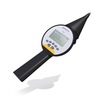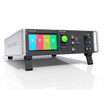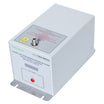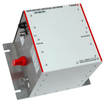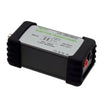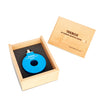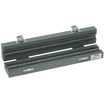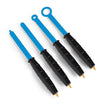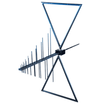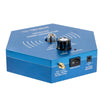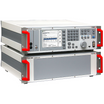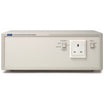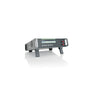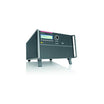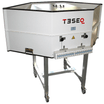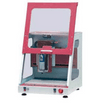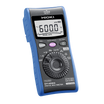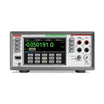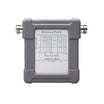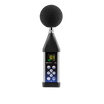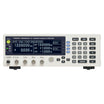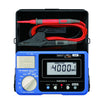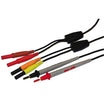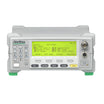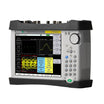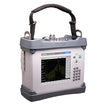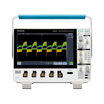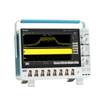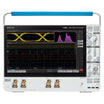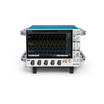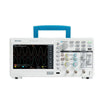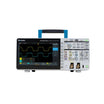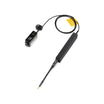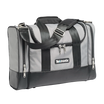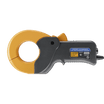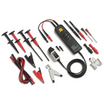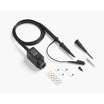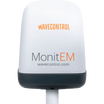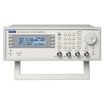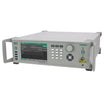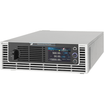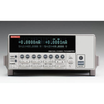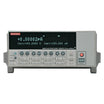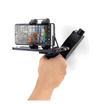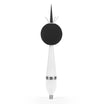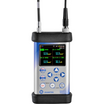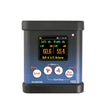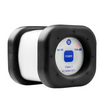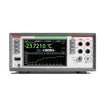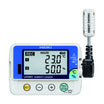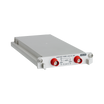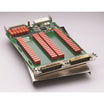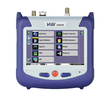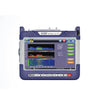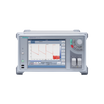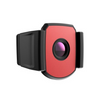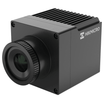Oscilloscopes for electrical signal visualization
An oscilloscope is a vital tool for visualizing and analyzing electrical signals in real time. Whether you're an engineer debugging a complex circuit, a technician diagnosing equipment, or a scientist studying waveforms, the oscilloscope provides a graphical representation of how voltage changes over time. This powerful instrument allows users to measure electrical signals generated by various sensors—such as microphones, which convert sound into electrical energy—and see precisely how those signals behave. From electronics design and automotive diagnostics to medical research and classroom demonstrations, oscilloscopes play an essential role in countless industries. Whether you're looking for a basic model or a high-end digital oscilloscope, understanding how they work and what they measure is the first step to choosing the right tool for your application. Explore our selection to find the oscilloscope that meets your needs.
How do you operate an oscilloscope?
An oscilloscope works by capturing and displaying voltage signals as they change over time, turning invisible electrical activity into a visible waveform on a screen. This allows users to observe, measure, and analyze how a signal behaves in real-world conditions—something critical for testing and troubleshooting electronic circuits. The process begins when the oscilloscope receives an electrical signal through a probe. That signal passes into the vertical system, which conditions it by amplifying or attenuating the voltage to fit within the oscilloscope’s measurable range. The signal is then digitized using an analog-to-digital converter (ADC), converting it into a stream of digital values.
Contact GOmeasure and get a tailored solution
If you're looking for the right oscilloscope to meet your specific testing and measurement needs, GOmeasure is here to help. As a leading Scandinavian supplier of high-end test and measurement equipment, we specialize in delivering customized solutions that match the unique requirements of engineers, researchers, and technicians across a wide range of industries.
Call us at +45 31 33 18 19 or write to us at salg@gomeasure.dk. You can also subscribe to our newsletter.
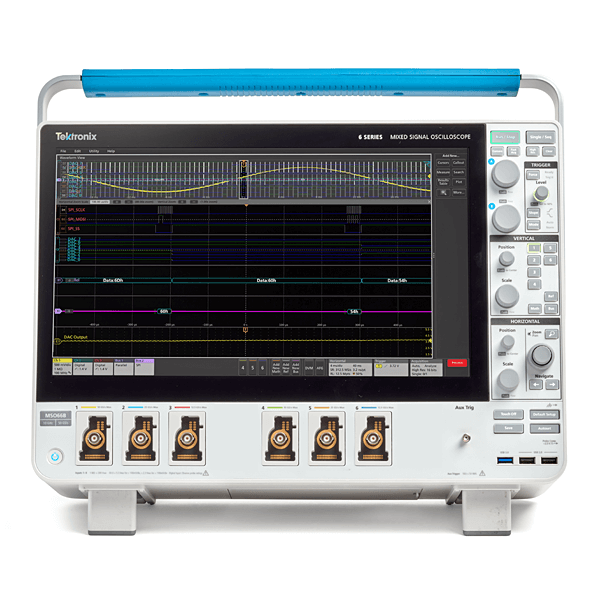
FAQ
Frequently asked questions about Oscilloscopes
Do people still use oscilloscopes?
Despite advances in simulation software and digital design tools, oscilloscopes remain indispensable in electronics testing, R&D, and troubleshooting. Every modern electronic system — from renewable-energy converters and EV inverters to IoT devices — relies on precise, time-domain measurements that only an oscilloscope can deliver.
At GOmeasure, we see Tektronix oscilloscopes in daily use by engineers, technicians, and researchers who need to capture switching events, verify timing, or analyze signal quality. Whether it’s detecting nanosecond-level glitches in a power converter or verifying high-speed digital signals, the oscilloscope remains the go-to tool for real-world signal insight.
Is an oscilloscope better than a multimeter?
A multimeter measures static values like voltage, current, or resistance. An oscilloscope, however, shows you how those signals behave over time. That means you can see transients, noise, ripple, or timing errors — information that a multimeter simply can’t provide.
When engineers test switching circuits, PWM signals, or power electronics, waveform detail matters. That’s why Tektronix oscilloscopes from GOmeasure are trusted tools across industries — offering high bandwidth, advanced triggering, and powerful analysis capabilities that reveal hidden issues before they become failures.
So, while a multimeter tells you what the value is, an oscilloscope shows you why it behaves that way.
What job uses an oscilloscope?
Oscilloscopes are used by a wide range of professionals — from R&D engineers and technicians to automotive diagnosticians, power-electronics specialists, and educators. They’re essential for anyone who needs to measure, visualize, and analyze how electrical signals behave.
Typical job roles include:
- Design engineers – testing and verifying prototype circuits.
- Power-electronics engineers – measuring switching losses and waveform distortion.
- Maintenance and service technicians – diagnosing system faults or transients.
- Automotive and industrial engineers – analyzing sensors, CAN/LIN communication, or inverter outputs.
- Educators and students – teaching fundamental electronic principles.
At GOmeasure, we help professionals across these industries choose the right Tektronix oscilloscope — from entry-level educational models to advanced mixed-signal scopes for high-end R&D.
Who needs an oscilloscope?
If you’re developing, testing, or maintaining any electronic system — you need an oscilloscope. That includes engineers in power electronics, renewable energy, automotive, aerospace, and embedded design. Even technicians and advanced hobbyists use oscilloscopes to visualize how voltage and current behave in real-world circuits.
Oscilloscopes from Tektronix, available through GOmeasure, provide unmatched precision, intuitive user interfaces, and robust analysis features. Whether you’re debugging a DC-DC converter, measuring switching noise, or teaching waveform fundamentals, there’s a Tektronix model that fits your needs and budget.
In essence: if you care about understanding signal behavior — you need an oscilloscope.
What are 5 applications of an oscilloscope?
Oscilloscopes are among the most versatile tools in electronics. Here are five common and high-value applications:
- Power-electronics testing – Measure switching behavior, losses, rise/fall times, and transient voltages in converters and inverters.
- Signal integrity analysis – Evaluate timing jitter, distortion, and noise in high-speed digital signals.
- Embedded system debugging – Monitor logic and analog waveforms, PWM signals, and sensor outputs.
- Automotive and industrial diagnostics – Analyze motor drive signals, bus communication, and transient faults.
- Education and research – Teach students waveform fundamentals, or capture real-time signal behavior in lab experiments.
At GOmeasure, we provide Tektronix oscilloscopes optimized for all these use cases — ensuring engineers, researchers, and educators can trust their measurements.



